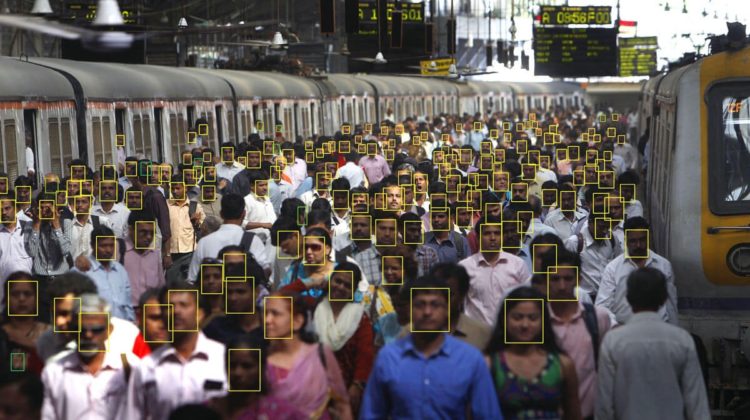
Ella runs on the cloud and can be integrated into a website. But what about hardware-integrated CCTV AI that can capture and analyze footage without the internet? Boulder AI is a startup, based upon selling ‘vision’ as a service and offers cameras already integrated with AI, which surprisingly function without an internet connection.
The company is already working with the banking and energy sectors, but who told you, that pizzas cannot be scrutinized by AI as well? As amusing as it may sound, Boulder AI utilizes their cameras to even determine the right shape and size of pizzas.
One interesting problem that Boulder AI solved was counting the number of fishes that passed over a dam, for a customer who wanted to meet certain environmental regulations. A person used to sit and manually tick the number of fishes passing over it until someone suggested using a camera. This lead to Boulder AI and they created a custom fish identification AI to detect the fishes passing over the dam.
In both cases, though, what these firms are currently offering is just the tip of the iceberg. In the same way that machine learning has made swift gains in its ability to identify objects, the skill of analyzing scenes, activities, and movements is expected to rapidly improve.
A key example of advanced analysis that these companies look forward to integrating is movement, detection, notification, and suggestive prediction by looking over the footage. For example, Boulder AI looks at developing a camera that could filter suspicious-looking individuals in a bank, by watching their actions, expressions, and movement.
All this brings us down to two major aspects of the capabilities this has to offer — technical and ethical.
Technical would mean, can an accurate AI, free from judgemental or algorithmic bias be created?
And ethical concerns would include, that once created, would they be allowed to make serious classifications and taking decisions for us?
From a technical perspective, there still is a limit on the resolution of cameras available in public, not allowing to effectively capture the faces of people, and making it an arduous task to track a certain individual in a crowd. One of the biggest barriers is still pretty common — low resolution. Analyzing human movements through a low-resolution camera is one way that could very well lead to inaccurate detections, conclusions, and almost little analytical insight as to what a human is doing, walking, running, or playing basketball.
If these systems are in work, there remains a question of algorithmic bias and ethical concern. Studies have shown that machine learning systems soak up the racial and sexist prejudices of the society that programs them — from image recognition software that always puts women in kitchens, to criminal justice systems that always say black people are more likely to re-offend.
This is a real concern as it could lead to a dangerously perpetuated bias against a certain set of people committing crimes. The more grave concern would be the absence of any physical authority and complete freedom to AI to apprehend anyone it deems scandalous. This is still a futuristic possibility but would be needed to be addressed as and when the time arises.
The possibilities are endless. But one thing is for sure, camera surveillance would never be the same — laborious, unyielding, but would transform to become deeply critical, and analytically focused to procure vast applications.
